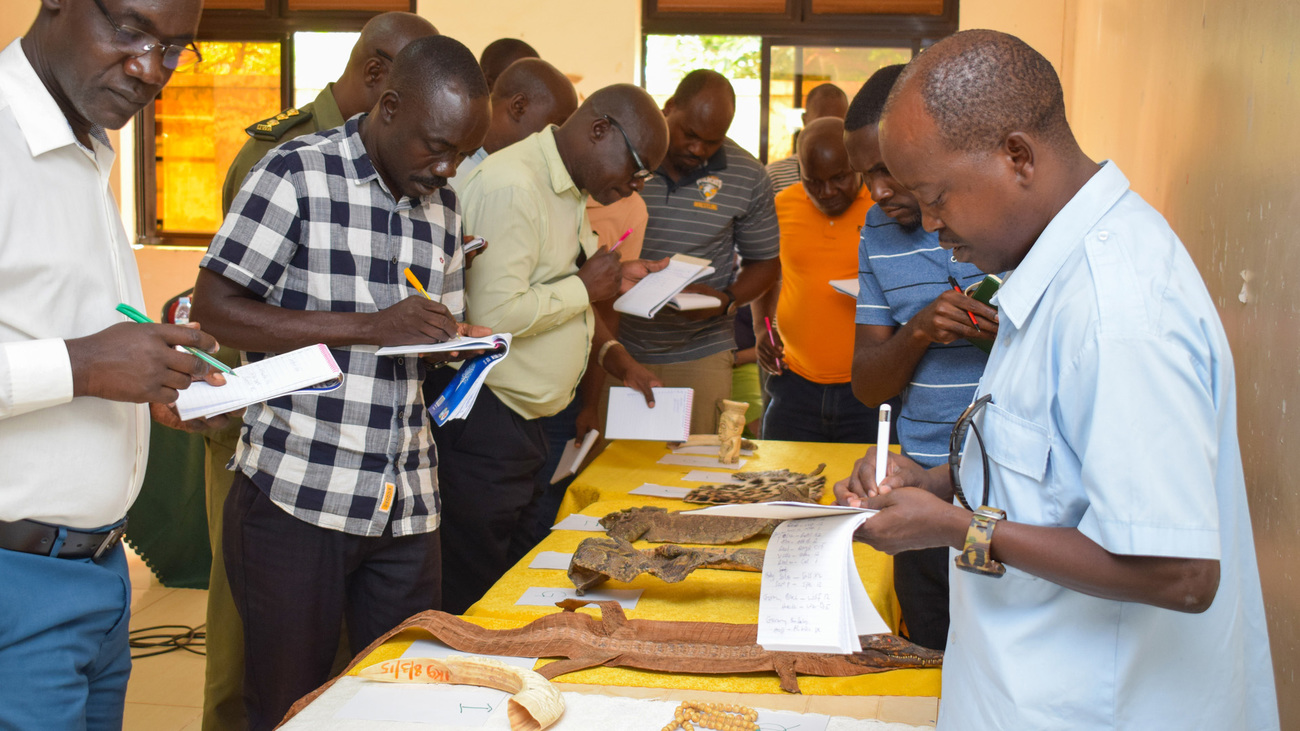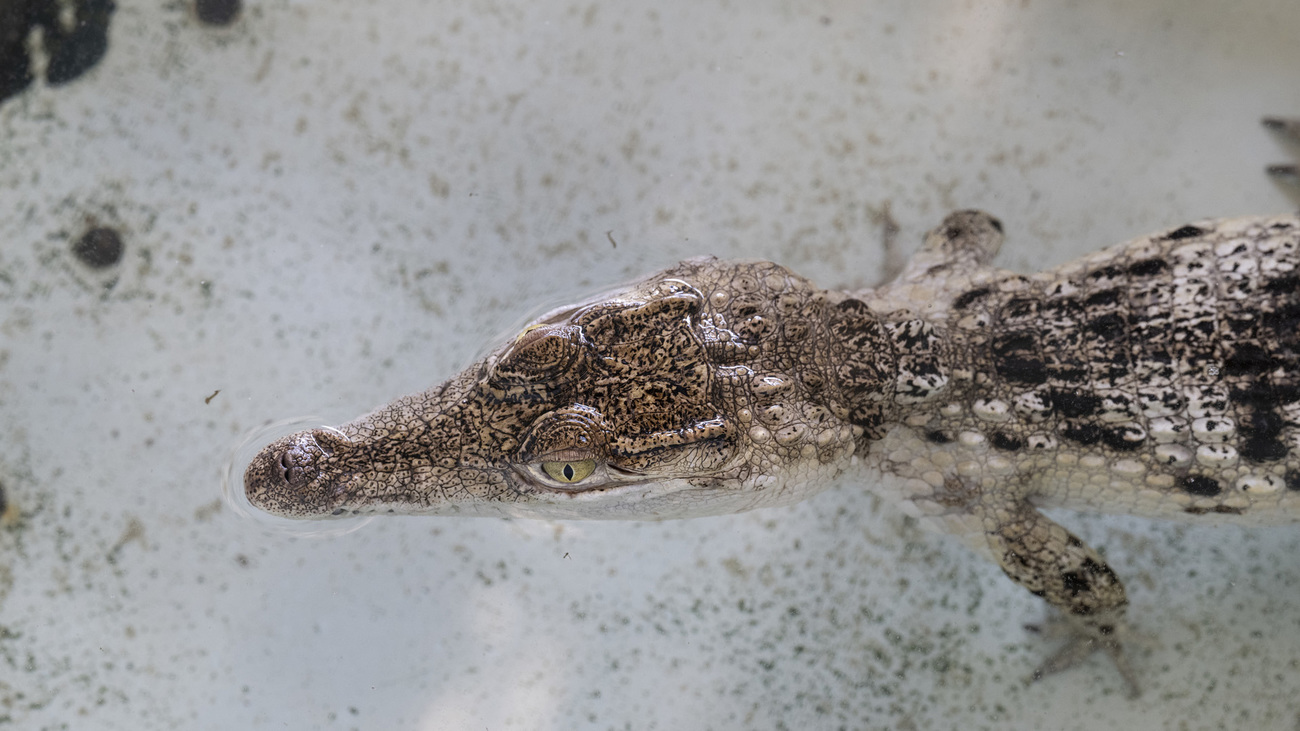Lionel Hachemin
How can we use AI to combat wildlife crime?
How can we use AI to combat wildlife crime?

Wildlife trafficking is the world’s fourth most common criminal activity after drug, human, and weapons trafficking. For trafficked live animals—many of which are threatened or endangered species—being rescued by frontline officers stationed at airports, national borders, and marine hubs is often the last chance they get at being returned to their home in the wild.
But these rescues rely largely on chance and circumstance. With the vast amount of cargo frontline officers encounter in a single day, the process of selecting which items to open and examine is routine; those containing live animals can easily get passed over, unopened.
There is a need for a more tailored approach—a way for these officers to know when and where they have the highest likelihood of finding hidden trafficked wildlife.
Artificial intelligence (AI) presents a potential solution.
Teaching AI with data
AI could tell frontline officers, who cannot possibly search every piece of cargo crossing through airports or international borders, which checkpoints are most likely to see trafficked wildlife at which times.
To do this, AI tools must learn through collecting and analysing data over time. That data can take the form of intelligence reports, border force seizures, and data collected on the ground by law enforcement officers during their daily routine checks. It can also be open-source data (for example, from transport companies) and complementary data from NGOs and academia, including information about species-specific seasonal patterns and common trafficking routes. Feedback from participants in on-the-ground trials of the technologies could also be used to help AI learn.
The goal is to create a feedback loop in which data informs the AI, which helps the officers to catch more wildlife traffickers, which in turn creates better data, from which the AI can continue to learn and develop—ultimately becoming more accurate in its predictions.

AI in action
AI tools could enable us to devote resources to fight wildlife trafficking at the most optimal locations and at the right times. We could heavily staff the control points that are most likely to encounter wildlife trafficking and concentrate staff there during the times of day when trafficking is most likely to occur.
Like many available AI tools, one intended to help fight wildlife trafficking could take the form of an app. Useful features of such an app would include maps for rangers and law enforcement officers showing them tailored, efficient routes that have higher likelihoods of encountering trafficked animals.
While practical AI tools for frontline officers fighting wildlife trafficking on the ground are not yet in use, AI is currently used to combat online wildlife trafficking. When animals are traded illegally online, and users upload their images, AI tools can scan the internet for these photos and flag suspected illegal listings, accounts, and other relevant intel.

Obstacles to adoption
Right now, many jump at the opportunity to use AI because it’s trendy. However, AI requires a significant investment of resources, time, political support, and expertise.
AI tools require costly trial and pilot periods. Before spending thousands—or millions—of dollars on developing an AI tool, it’s important to ensure it would actually be effective.
Frontline wildlife crime officers are already lacking in funding and necessary equipment to conduct their on-the-ground work, and investment in AI technology could potentially be wasteful without first securing these resources.
In addition, AI tools require time and data to become effective, but sufficient data on wildlife trafficking is currently lacking.
Prioritising training and equipment
It’s hard to say exactly what the future of AI technology will look like. We do know that while it will never be perfect, with time, it will likely get more precise. While we cannot predict human behaviour with complete accuracy, we can use probability to our advantage in our fight against wildlife crime—one of the biggest threats to our planet’s wild animals.
Ultimately, though, AI is not a magical solution to wildlife trafficking; it’s just one potential part of a multifaceted solution. As it continues to develop, there are plenty of actions we can take to help animals caught up in the illegal wildlife trade. In addition to fighting for improved policy and tightened restrictions on wildlife trafficking, and decreasing demand for these trafficked animals, there is a dire need to provide better training, equipment, and other resources to the dedicated frontline officers and rangers who are tackling this issue on the ground every day.
Related content
Every problem has a solution, every solution needs support.
The problems we face are urgent, complicated, and resistant to change. Real solutions demand creativity, hard work and involvement from people like you.